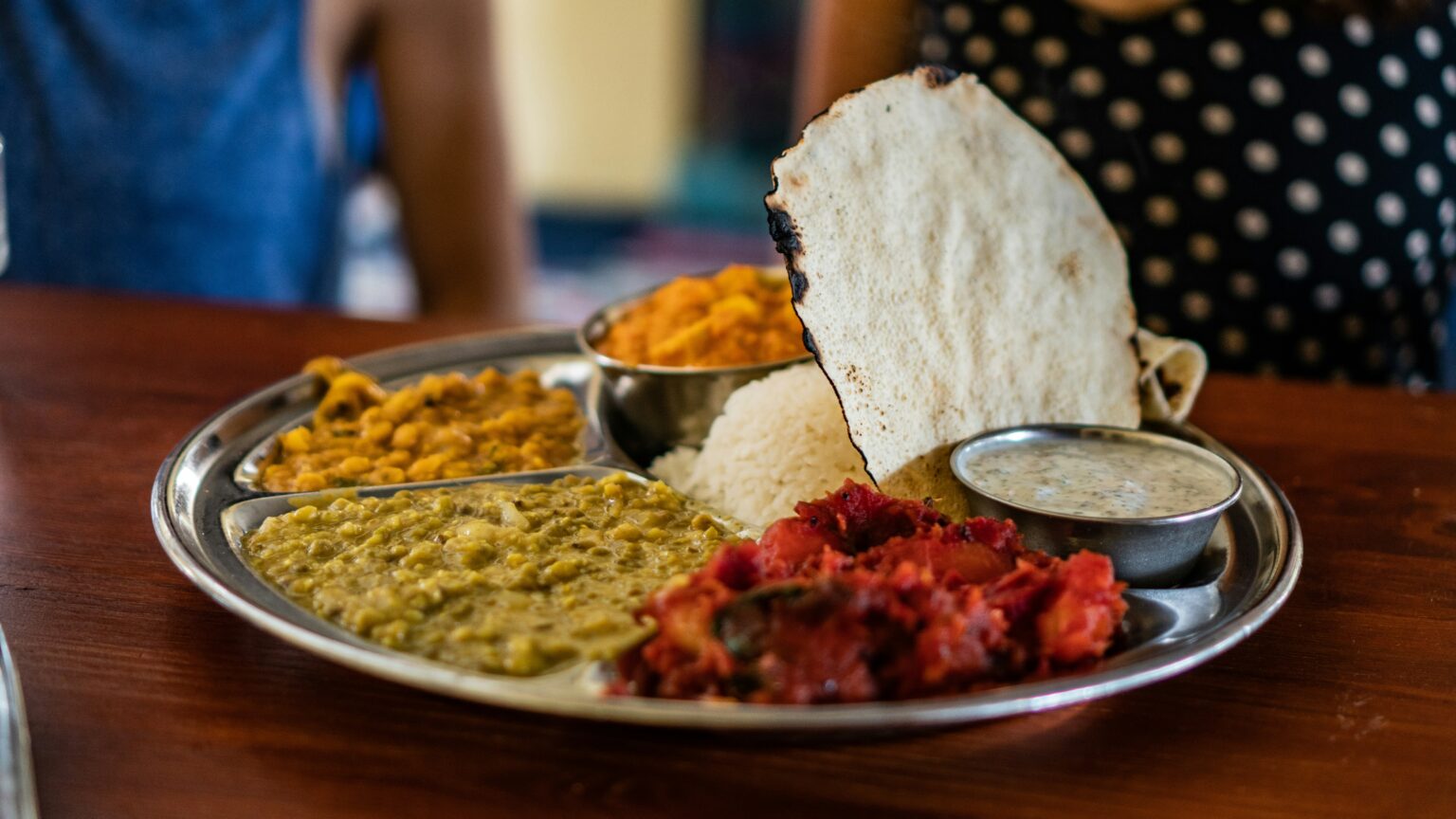Indian cuisine is celebrated globally for its vibrant flavors, diverse ingredients, and rich traditions. However, despite its popularity, there are several myths and misconceptions that surround Indian food. For Indian Americans, understanding and debunking these myths can foster a more accurate appreciation of their culinary heritage and offer clarity to those less familiar with the cuisine. Here’s a look at some common myths about Indian food and the truths behind them.
1. Myth: All Indian Food is Extremely Spicy
One of the most pervasive myths about Indian food is that it is universally spicy. While it’s true that many Indian dishes feature spices that can add heat, not all Indian food is fiery. Indian cuisine is incredibly diverse, with regional variations that cater to different taste preferences. For instance, South Indian cuisine often includes dishes with a spicy kick, but North Indian cuisine, such as Mughlai dishes, can be mild and rich. Additionally, many Indian recipes allow for adjustments in spice levels, so diners can enjoy the cuisine at their own preferred level of heat.
2. Myth: Indian Food is Unhealthy
The notion that Indian food is unhealthy is another common misconception. While some Indian dishes are rich and calorie-dense, Indian cuisine also includes a wide variety of nutritious options. Many traditional Indian meals feature vegetables, legumes, whole grains, and spices that offer numerous health benefits. Dishes like dal (lentil soup), sabzi (vegetable curry), and idli (steamed rice cakes) are both healthy and balanced. The idea that all Indian food is unhealthy overlooks the depth and diversity of the cuisine, which includes many wholesome and nutritious choices.
3. Myth: Indian Food is All About Curry
The term “curry” is often used as a catch-all phrase for Indian food, but it doesn’t accurately represent the breadth of Indian cuisine. While curry is indeed a popular component, Indian cuisine encompasses a vast array of dishes beyond curry, including biryanis, kebabs, dosas, and more. The concept of “curry” itself is an English adaptation of the Tamil word “kari,” which means sauce or relish. Indian food includes numerous styles and preparations, and the diversity extends far beyond the realm of curry.
4. Myth: Indian Food is Always Vegetarian
While vegetarianism is an important aspect of Indian cuisine, particularly among certain communities and religious groups, it is not representative of all Indian food. Indian cuisine includes a wide range of meat and seafood dishes, especially in regions like Punjab, Bengal, and Kerala. From tandoori chicken to goat curry, meat is an integral part of many Indian meals. The assumption that all Indian food is vegetarian overlooks the culinary diversity found across different regions of India.
5. Myth: Indian Food is Expensive and Complicated to Make
Another myth is that Indian food is expensive and requires complicated cooking techniques. While some traditional Indian dishes can be intricate, many everyday Indian recipes are simple and affordable. Ingredients like lentils, rice, and seasonal vegetables are budget-friendly and widely available. Additionally, Indian cooking often involves straightforward techniques such as sautéing, simmering, and blending. With a few essential spices and ingredients, it’s possible to prepare delicious Indian meals at home without breaking the bank or spending hours in the kitchen.
6. Myth: Indian Food is Just About Heat and Spice
Indian cuisine is often associated with intense heat and spice, but it’s much more than that. Spices are used to enhance flavor, not just to add heat. Indian food features a complex interplay of spices, herbs, and ingredients that create rich and nuanced flavors. Sweet, tangy, and aromatic notes are just as important as spicy ones. For instance, dishes like butter chicken or korma are known for their rich, creamy sauces that balance spices with sweetness and richness.
7. Myth: Indian Food is Always Fried or Greasy
While some Indian dishes are fried or cooked in ghee (clarified butter), many Indian recipes are prepared using healthier methods such as steaming, grilling, or slow-cooking. For example, idlis, dosas, and tandoori meats are examples of Indian foods that are not fried. Additionally, modern Indian cooking increasingly focuses on lighter, healthier preparations that retain traditional flavors without excess oil or fat.
Conclusion
Indian cuisine is a diverse and multifaceted culinary tradition, rich in flavors and regional variations. By debunking these common myths, Indian Americans and food enthusiasts alike can gain a more accurate understanding of the complexity and depth of Indian food. Whether you’re enjoying a fiery curry or a mild lentil stew, appreciating the true diversity of Indian cuisine enriches the experience and deepens the connection to its vibrant culinary heritage.
Click this link for more Indian American Food articles!





